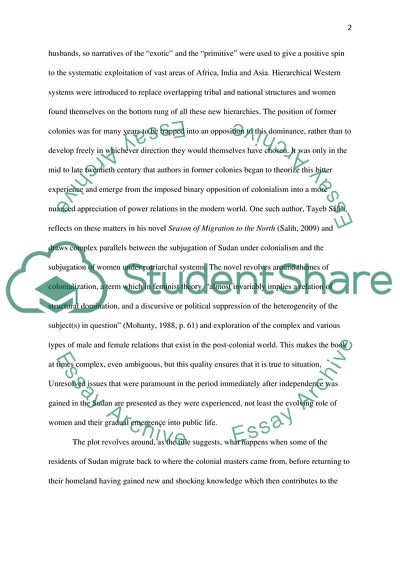Cite this document
(Theories of Womens Relationship to Public Space Research Paper - 1, n.d.)
Theories of Womens Relationship to Public Space Research Paper - 1. Retrieved from https://studentshare.org/social-science/1752172-theories-of-womens-relationship-to-public-space-in-all-their-complexity
Theories of Womens Relationship to Public Space Research Paper - 1. Retrieved from https://studentshare.org/social-science/1752172-theories-of-womens-relationship-to-public-space-in-all-their-complexity
(Theories of Womens Relationship to Public Space Research Paper - 1)
Theories of Womens Relationship to Public Space Research Paper - 1. https://studentshare.org/social-science/1752172-theories-of-womens-relationship-to-public-space-in-all-their-complexity.
Theories of Womens Relationship to Public Space Research Paper - 1. https://studentshare.org/social-science/1752172-theories-of-womens-relationship-to-public-space-in-all-their-complexity.
“Theories of Womens Relationship to Public Space Research Paper - 1”, n.d. https://studentshare.org/social-science/1752172-theories-of-womens-relationship-to-public-space-in-all-their-complexity.


